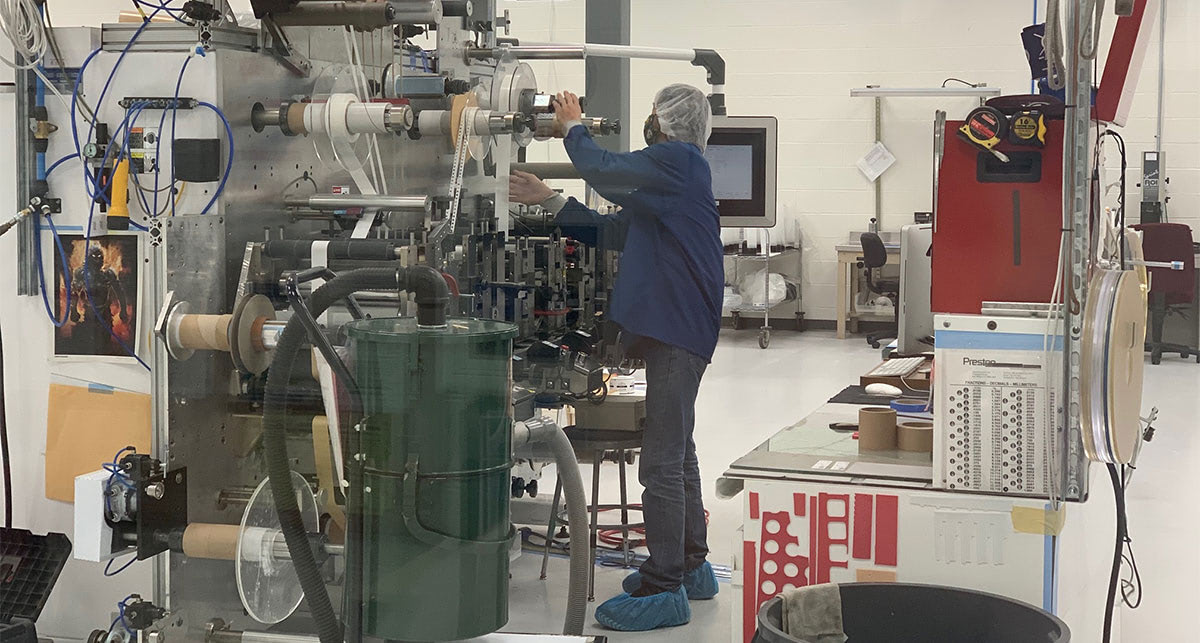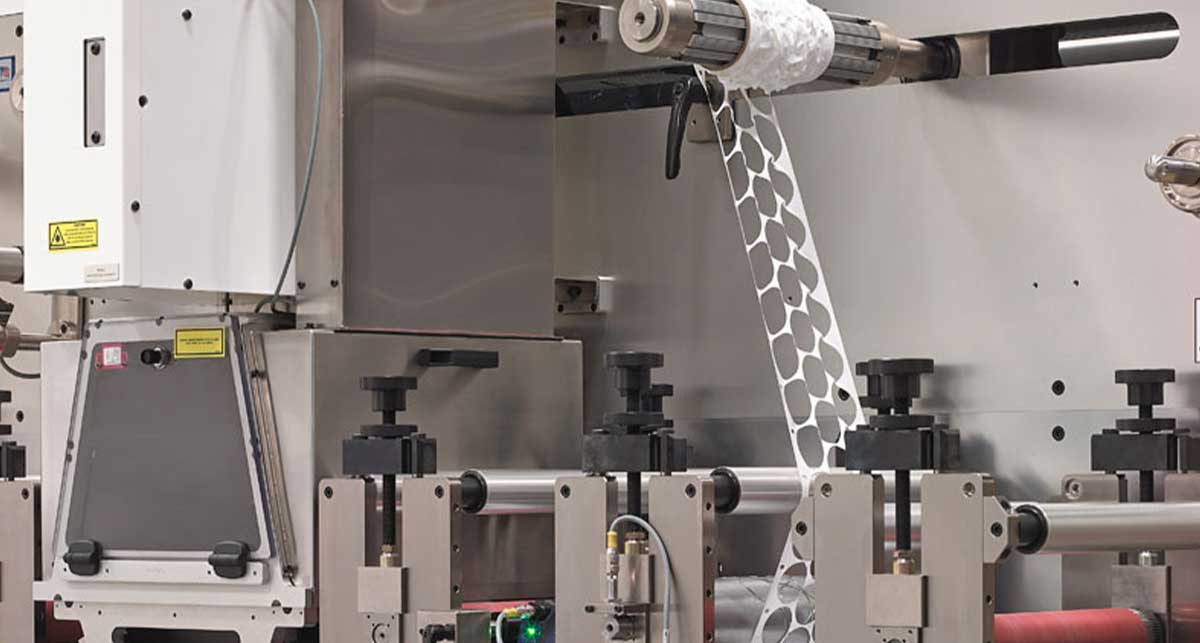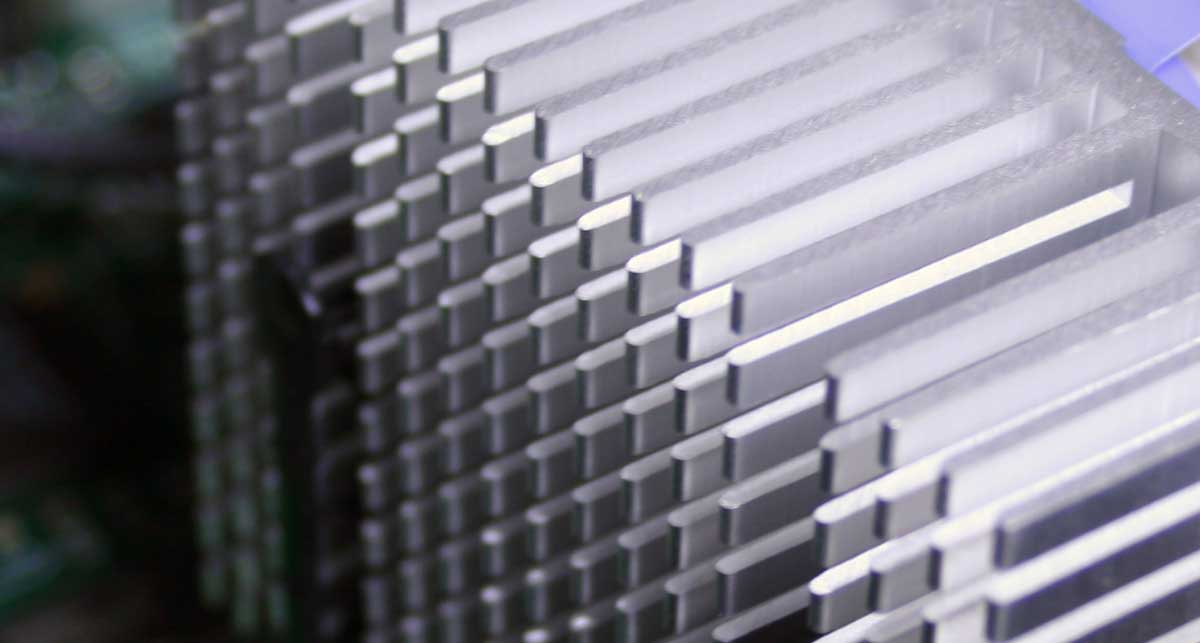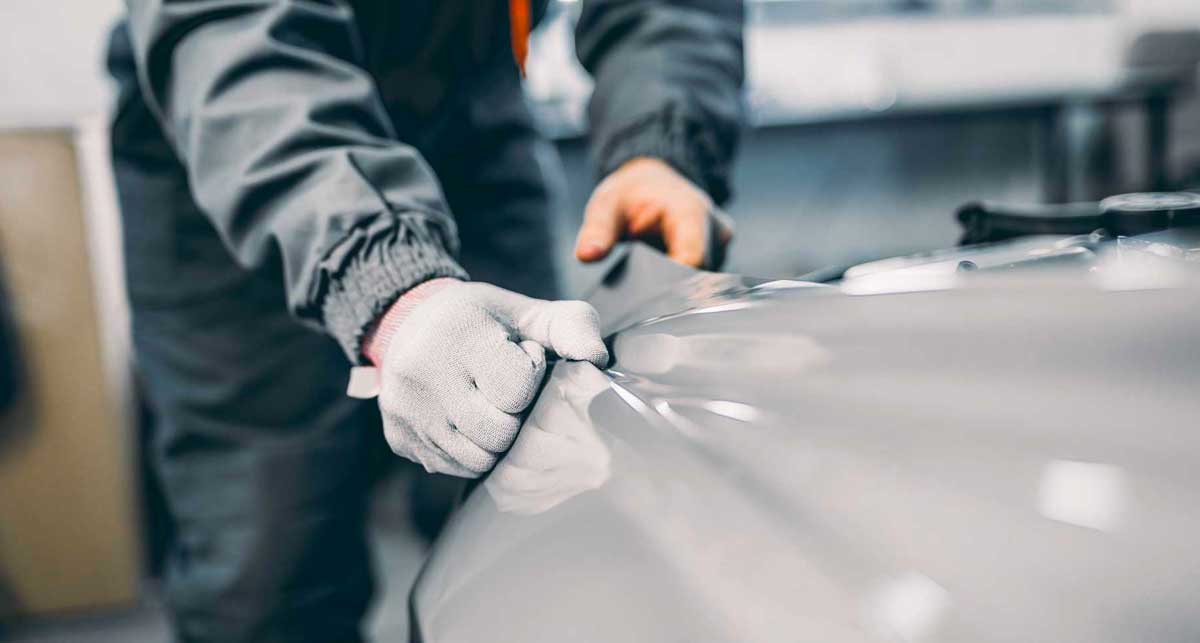Have you ever wondered how tape works?
When you picture “tape,” you probably imagine ordinary household or office goods. However, pressure-sensitive adhesive tape can range from everyday duct tape to IV attachments used in hospitals.
Strouse has spent over 38 years buying, storing, and converting pressure-sensitive adhesive tape for custom projects. The following article will teach you all of the basics you need to know before diving further into a project.
Once you’ve learned more about pressure-sensitive adhesives, you’ll be ready to take the next steps by choosing one that fits your solution’s needs.
What is Pressure Sensitive Adhesive Tape?
Pressure-sensitive adhesive tape (PSA) can be a strip of cloth, paper, metal, or plastic so long as the material has permanently tacky adhesive on at least one side.
A pressure-sensitive adhesive tape (also referred to as PSA, self-adhesive, and self-stick adhesive) is a polymer with some level of viscoelasticity.
- Polymer refers to a large molecule with many atoms. The atoms are connected in a chainlike fashion.
- Viscoelasticity refers to the material’s viscous and elastic properties. Viscosity is related to the amount of resistance against linear strain, whereas elasticity is related to how much stress it can endure and still return to its original shape.
Engineers use pressure-sensitive adhesives daily because of their load-bearing properties, which means strong adhesive bonds can carry significant weight.
Though it’s not necessarily heat-activated, PSA must adhere at room temperature permanently. It is pressure-activated and only sticks if you compress it, but unlike glue or epoxy, PSA doesn’t require time to dry or cure.
Pressure-sensitive adhesive differs from other adhesives because it doesn't require much effort to adhere, whereas other tapes may need water, solvent, or heat to activate the adhesive. In addition, it shouldn't change phases, a.k.a. shift from a liquid to a solid.
EXAMPLES OF PSA TAPE
You can use pressure-sensitive adhesive tape in any industry due to its variety. For instance, you have:
- Box-sealing/packing tape
- Masking tape
- Duct tape
- Double-sided tape
- Electrical tape
- Stick-to-skin tapes
- EMI/RFI tape
- Thermal management tape
- Gasket or sealing tape
and more. Even the athletic tape you’d see on hockey sticks or baseball bats is a variation of PSA tape.
How Does Pressure Sensitive Tape Work?
Different types of adhesive tape are generally sorted based on their design and function.
a. ADHESIVE TRANSFER TAPETransfer tape transfers adhesion to two different surfaces by bringing the adhesive material to one surface, leaving the other vacant.
Many tapes are processed using adhesive transfers, which occur when the sticking solution transfers from one substance to another. When you pull away the waxy paper of an envelope, the adhesive stays on the original envelope or bag, and when you press down, it transfers adhesion to another material. This transfer process is a “single-coated adhesion.”
Transfer tape is similar to a clean line of glue that you would place on a surface. It is adhesive-coated on a removable liner, making it sticky on both sides. This design allows it to cling to odd surfaces, contour around edges, and be more flexible. However, as mentioned below, it is not as sturdy as double-coated tape.
Transfer tape is challenging to use and requires some practice and skill. For the best outcomes, it should have an adhesive that is more difficult to remove on one side, allowing the transfer tape to unwind appropriately.
b. DOUBLE COATED TAPEWhen you think of double-coated tape, think of double-sided tape. Essentially, it’s pressure-sensitive adhesive on both sides of the tape.
Companies coat two sides of a carrier material with adhesive to create double-sided tape. Then, they wind the adhesive roll with a release liner to prevent the tape from sticking to itself—often painting the liner with a silicone release agent.
The main difference between double-coated tape and transfer tape is the addition of a carrier between the adhesive layers, which gives the double-coated tape additional stability for processing.
c. SINGLE COATED TAPESingle-coated tape occurs when an adhesion is on only one side of a material. Manufacturers keep the adhesive untouched using silicone-coated release liners, often called the web or face stock.
NOTE: Most tapes qualify as single-coated adhesive tapes.
Single-coated tapes are commonly self-wound and have paper or film release liners. Sometimes, single-coated tape, like filament or duct tape, will have woven cloth or glass strands to reinforce it. These tapes are paired with adhesive systems that have a rubber base.
Electrical tape, masking tape, carton sealing tape, and most medical tapes qualify as single-coated tapes. Single-coated tape usually has a backing of 1 to 10 mils thick, while the adhesive thickness is anywhere from 2 to 5 mils.
d. SELF WOUND TAPEA self-wound tape is a type of tape coated on one side of the carrier with a pressure-sensitive adhesive and the other with a release coating. It does not have a release liner coated with silicone. Duct tape, masking tape, and carton sealing tape all qualify as self-wound tape.
Adhesives Used for PSA Tapes
Adhesive manufacturers primarily use rubber, acrylic, or silicone adhesive to create PSA tape.
1. RUBBER ADHESIVERubber is the least expensive PSA with the fastest sticking ability. Rubber adhesives contain natural or synthetic rubber, and companies formulate rubber adhesives with resins, oils, and antioxidants.
Rubber adhesives function best indoors with less stress than an outdoor environment puts on them. They stick to low-surface energy materials, and many engineers formulate rubber adhesives while intending to remove them quickly.
Rubber adhesive is found on masking tape, carton sealing tape, duct tape, and filament tape. Because rubber does not naturally feel tacky, engineers add resins to create the tacky adhesive needed.
1a. Natural rubber has a higher molecular weight than synthetic rubber. It sticks well to LSE surfaces and can be removed cleanly. However, it does not do well in heat and has a short lifespan.
1b. Synthetic rubber is another title for what engineers call "hot melt adhesives.” It is a thermoplastic with a lighter weight and shorter polymer chain than natural rubber. The engineers customize the synthetic rubber, and as a result, it sticks better to surfaces.
2. ACRYLIC ADHESIVEAcrylic adhesives hold up over time and resist wear and tear from solvents and the environment. They can also tolerate higher temperatures than rubber adhesives and develop a stronger bond.
Because acrylic lasts longer than other adhesives, people use it both indoors and outdoors.
2a. Solvent acrylic comes from grains dissolved in a solvent. This adhesive does not adhere well to low-surface-energy plastics but sticks better than rubber.
2b. Emulsion acrylic comes from spherical particles surrounded by surfactants in a water carrier. Emulsion acrylics cost less and are better for the environment than solvent acrylic adhesives; however, because their water-based properties make them less moisture resistant, most people prefer solvent acrylic.
3. SILICONE ADHESIVENeither rubber nor acrylic bonds with silicone the way silicone adhesive does.
Silicone adhesives cost more than other adhesives, but they can tolerate very high temperatures and thus handle extreme environments better than other adhesives.
People typically use tape with silicone adhesive for applications in highly elevated temperatures and caustic environments. Silicone adhesives are found in Teflon tapes, printed circuit board film masking tapes, and silicone release liner splicing tapes.
Many people think silicone adhesives have low sticking power because they don't bond well initially. It takes time for silicone adhesives to bond to a surface fully.
Choosing the Right PSA Tape
When selecting the best type of PSA, consider the following criteria:
- What surface are you sticking the adhesive to?
- What are the conditions that you'll expose the tape to? Will the environment be hot and humid? How windy will it be?
- Why are you using this adhesive? What materials does it hold together, and what do you want it to do?
- How do you plan to apply your PSA?
- Are you using the PSA as a permanent or temporary solution?
Now that you understand the ins and outs of pressure-sensitive adhesive tape, you can start looking for the best tape for the job you have at hand.
Whether you’re unsure which tape to use in your application or hoping to test different materials, contact us with a sample request so we can help you evaluate your potential options.
However, if you’re not currently seeking out any particular tapes, you can learn about more adhesive bonding possibilities in our Learning Center, where we cover design and manufacturing applications for a wide variety of PSA materials.
Originally published: September 13, 2022
.jpeg?width=290&name=0%20(1).jpeg)






